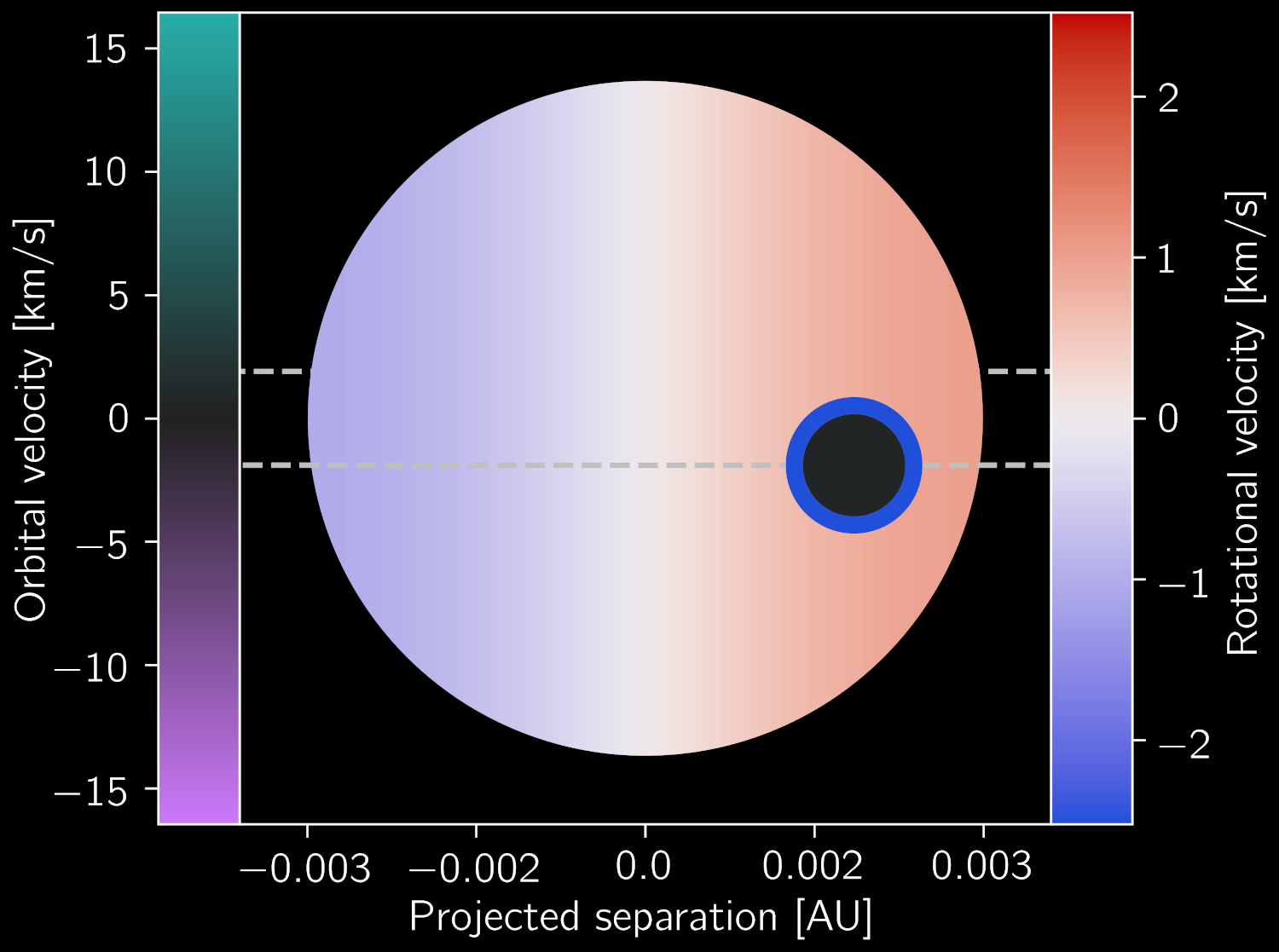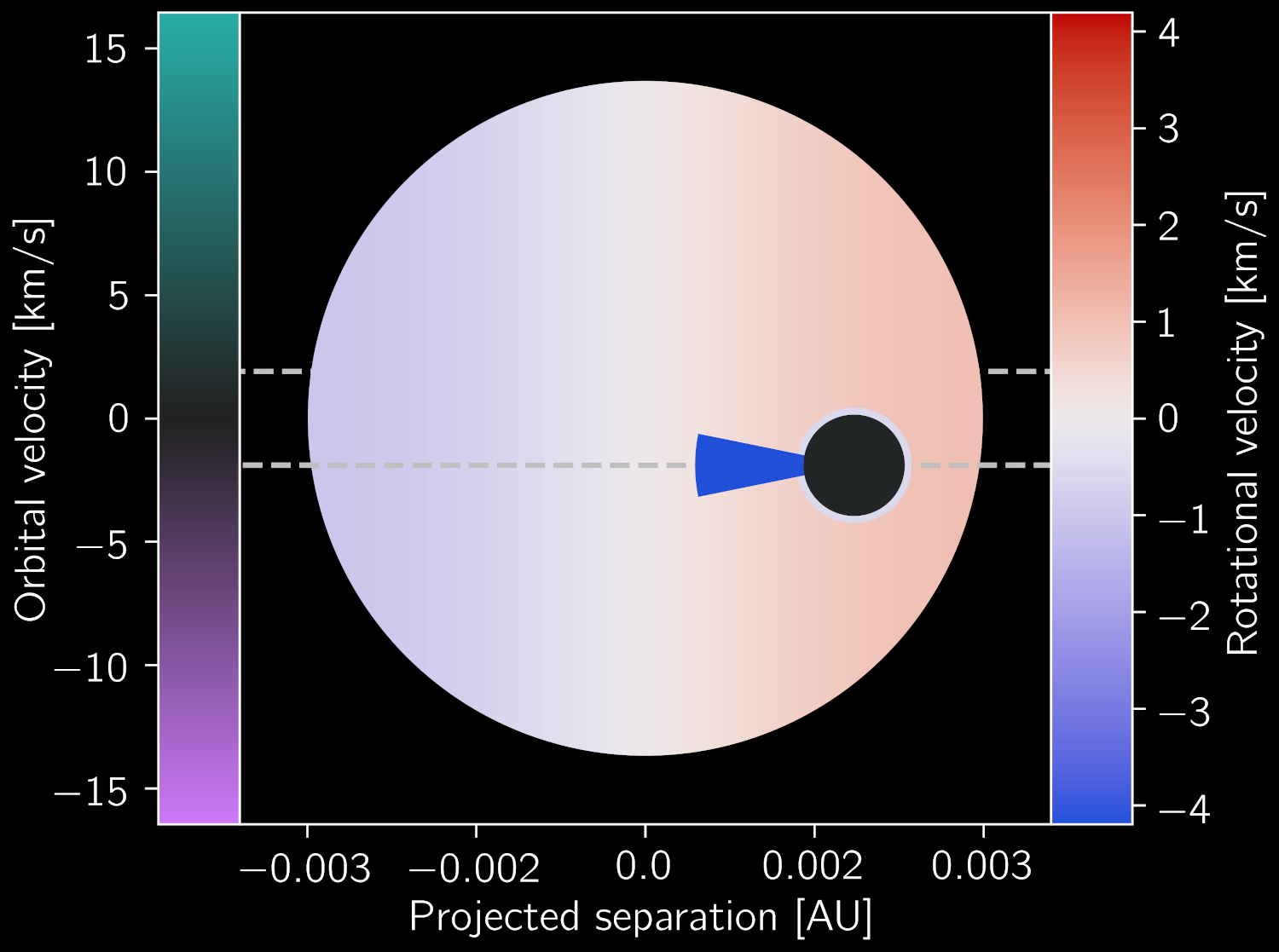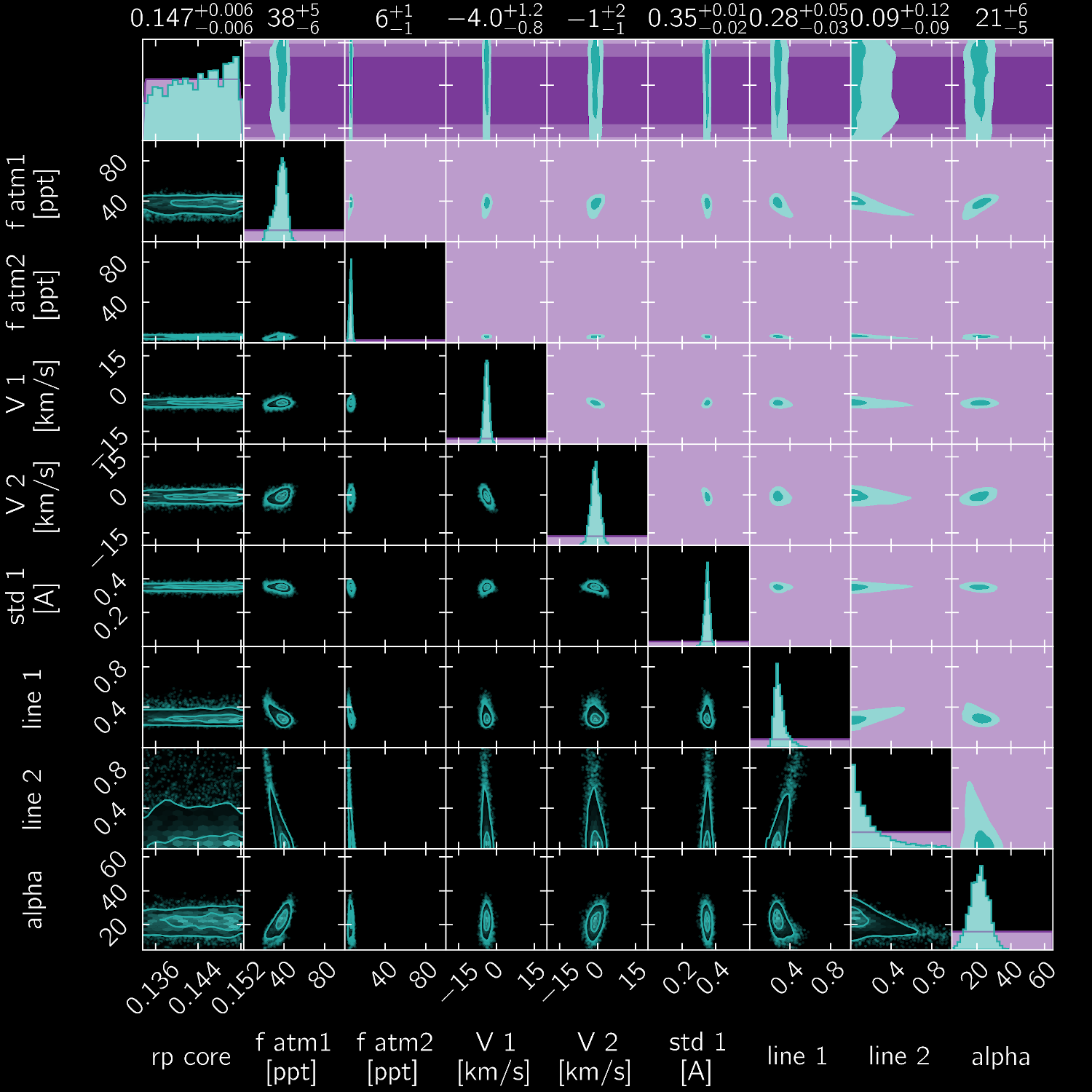Mapping exoplanet atmospheres in high energy environments
- University of Warwick, Physics, United Kingdom of Great Britain – England, Scotland, Wales (toml42@gmail.com)
Exoplanet atmospheres are often treated as a single monolithic whole in transmission spectroscopy, while in reality they are dynamic and complex objects rich with inhomogeneities. We will show that using the technique of transit limb scanning it is possible to recover additional information on the spatial, chemical and velocity distributions of planet atmospheres that would otherwise have been lost.

We will present results of transit limb scanning applied to a variety of hot jupiters, in particular using high resolution data of the sodium absorption to recover the equatorial and polar wind speeds on several planets spanning the temperature regime, and a new model of the metastable helium outflow of WASP 107b, where we find strong evidence of an extended comet-like tail.
In each case we fit a variety of models with different atmosphere architecture in increasing complexity to the time resolved high resolution transmission spectra, using a Bayesian evidence approach to model comparison in order to find the model that best explained the data.
Mapping exoplanets will be the key to solving a number of theoretical issues, as atmospheric wind speed is governed by the level of drag in the atmosphere, which is not well constrained by theoretical models. Similarly, the shape of helium outflows on evaporating planets will be important to proper determinations of evaporation rate, which sculpts the shape of the entire planet population.
How to cite: Louden, T.: Mapping exoplanet atmospheres in high energy environments, European Planetary Science Congress 2021, online, 13–24 Sep 2021, EPSC2021-726, https://doi.org/10.5194/epsc2021-726, 2021.

